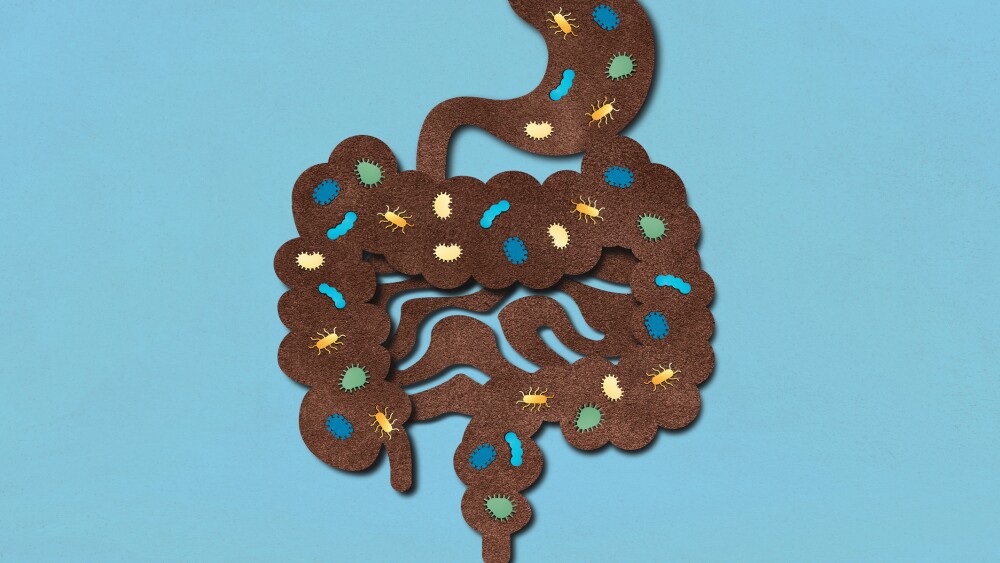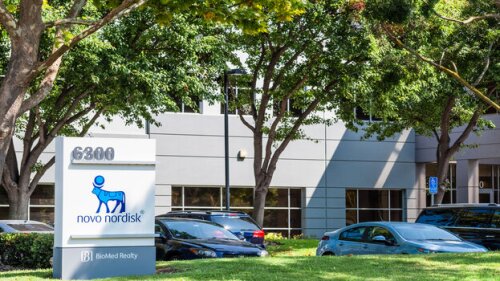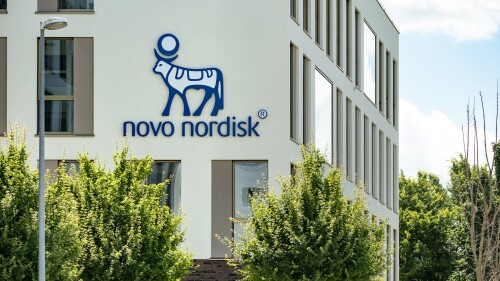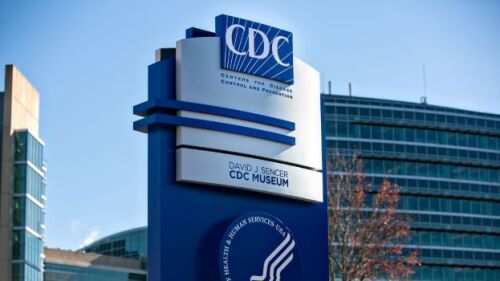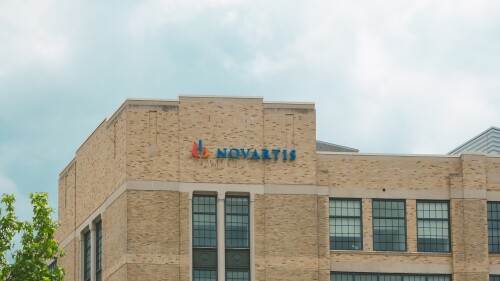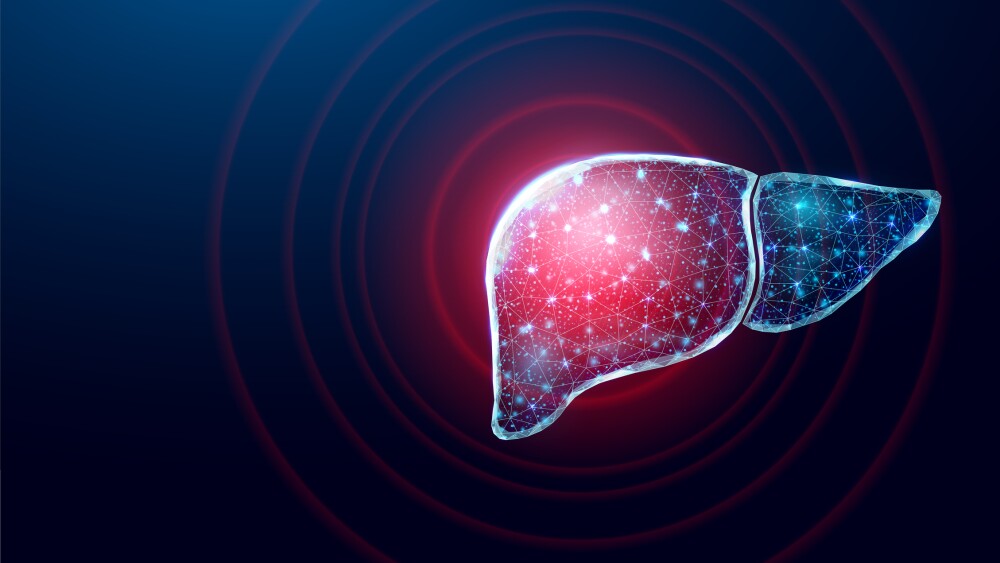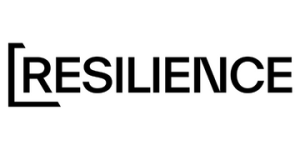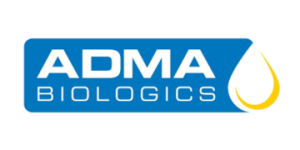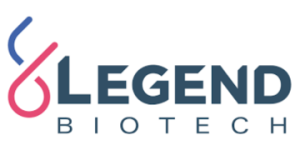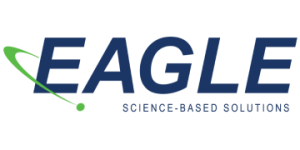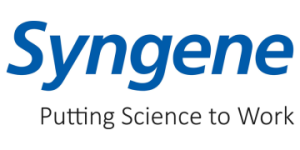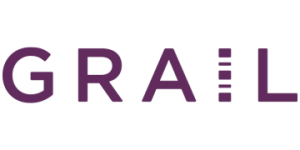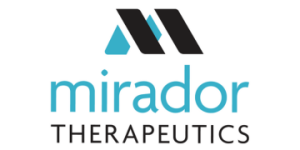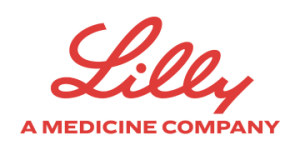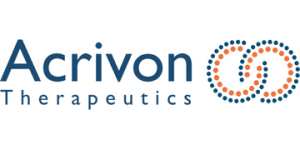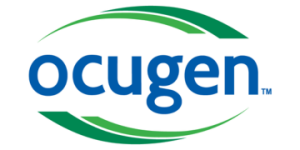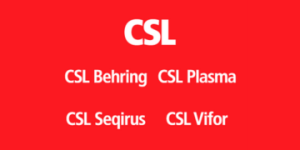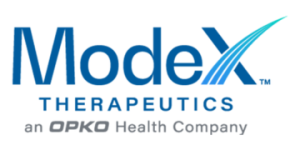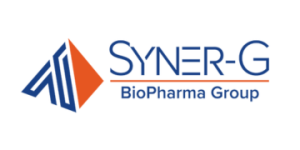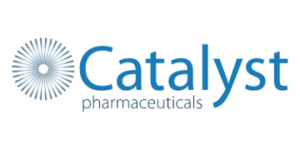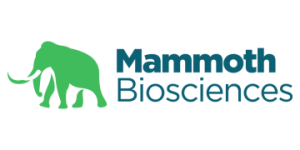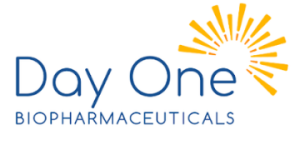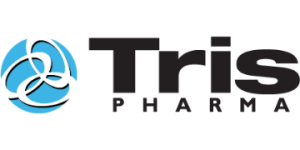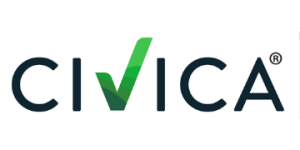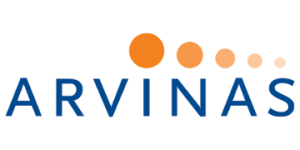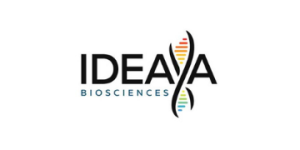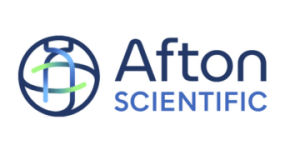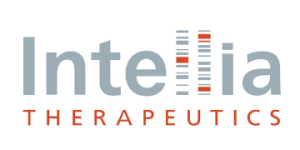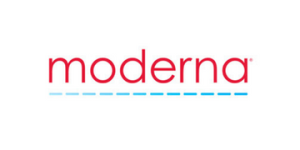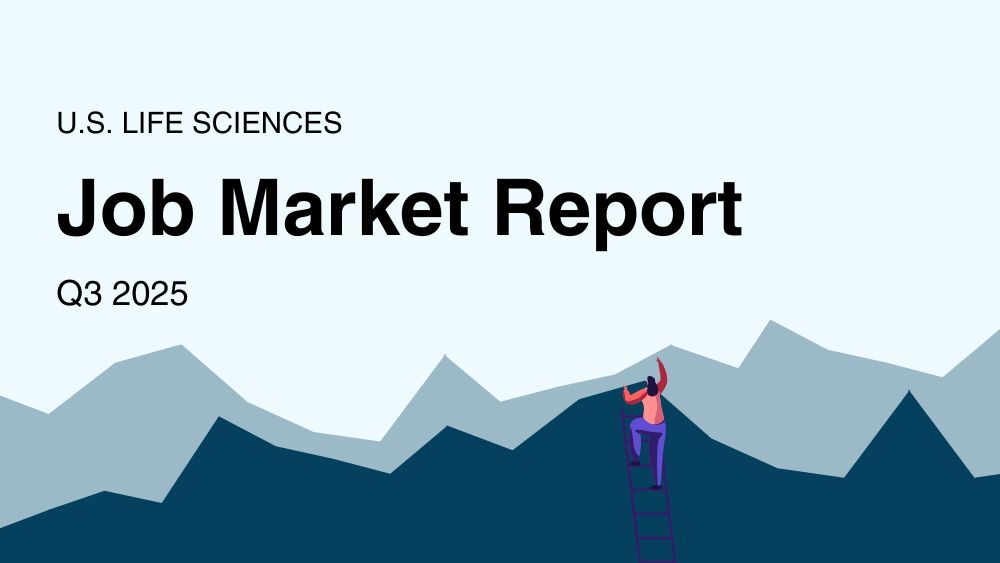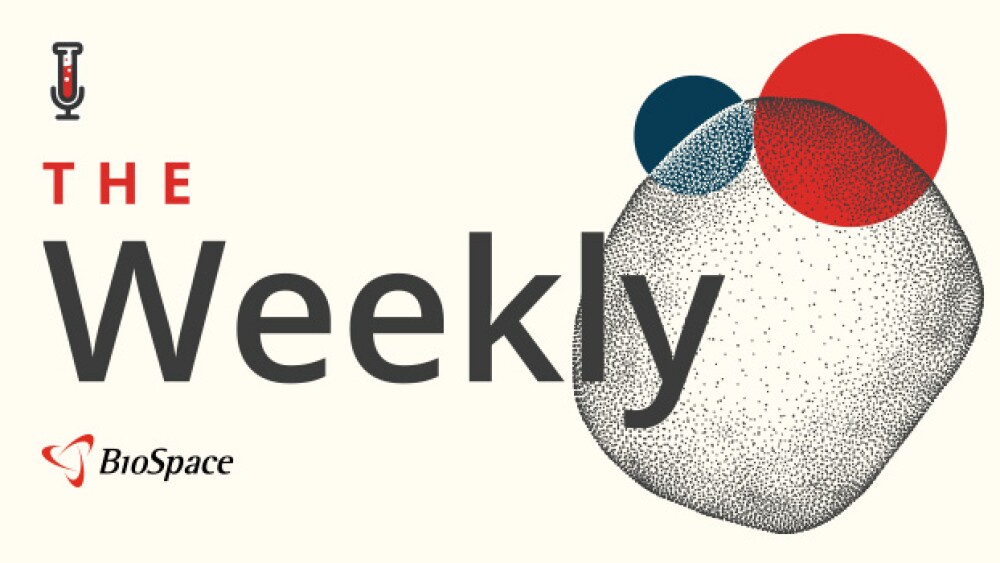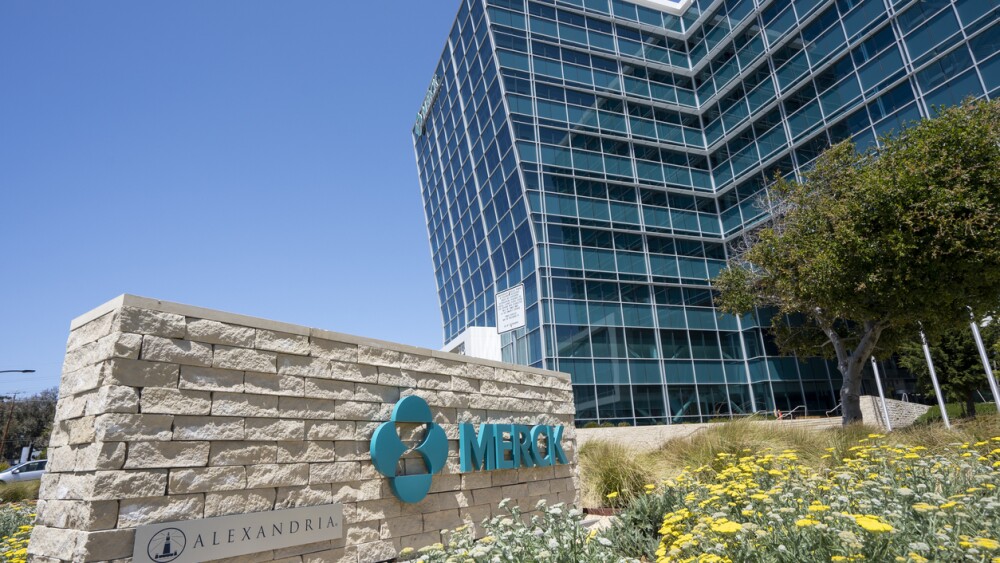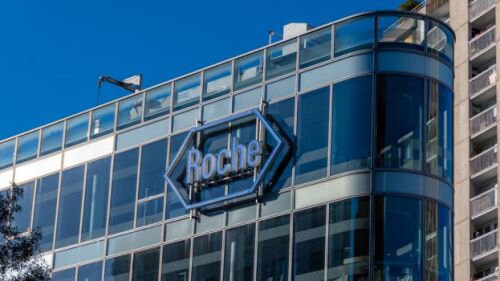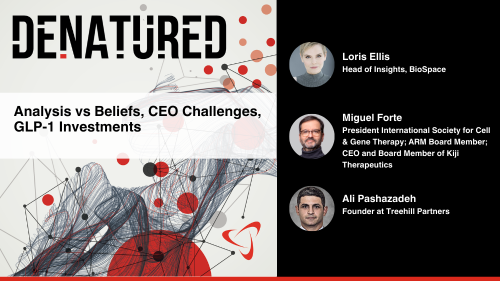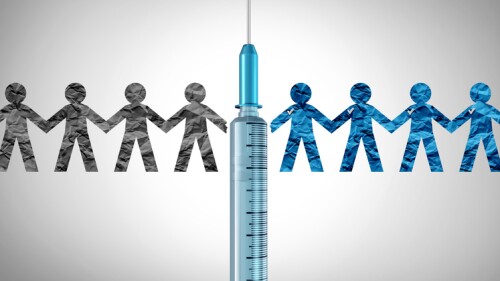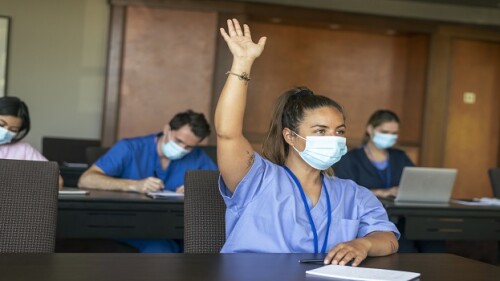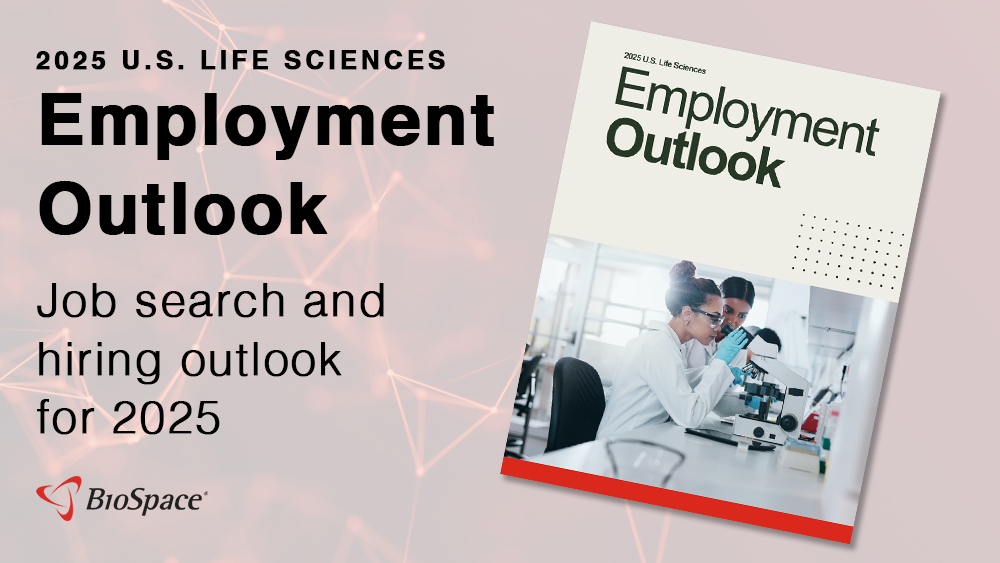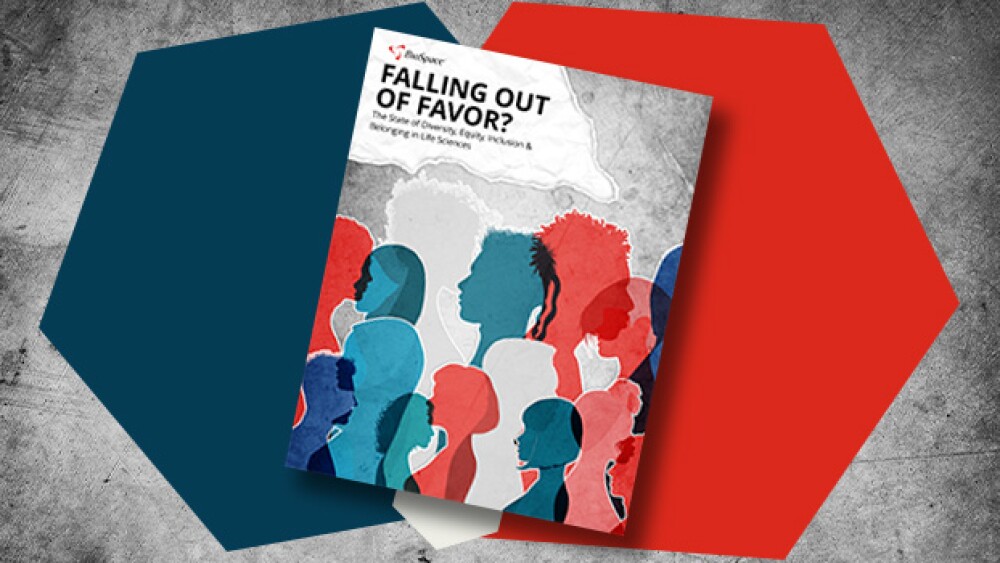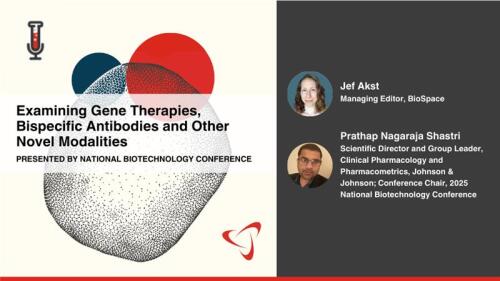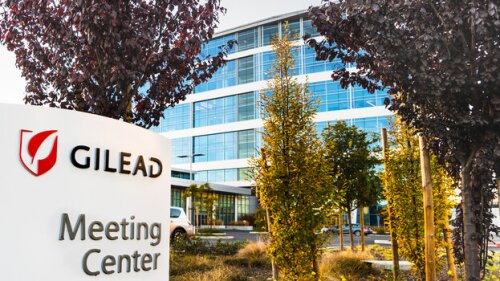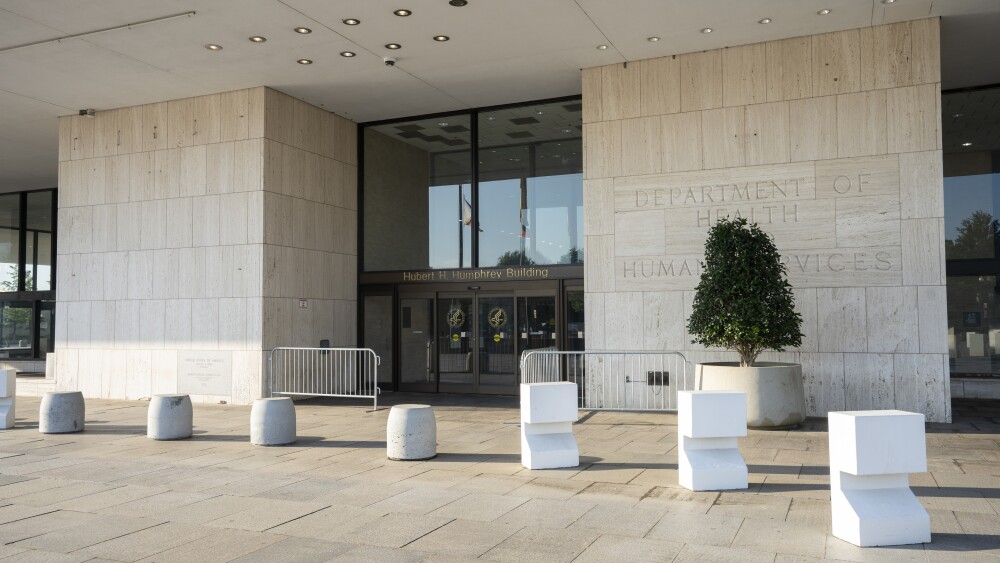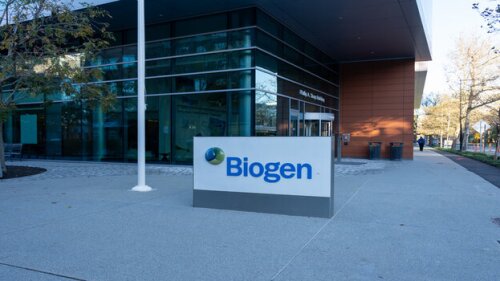A new analyst survey suggests that doctors are still prescribing Sarepta’s Elevidys, even after a series of deaths in certain populations marred the gene therapy’s record.
The sub-analysis, presented at the European Association for the Study of Diabetes congress, showed improved safety data to counteract past tolerability issues.
Both Novo Nordisk and Eli Lilly are eyeing regulatory advancements for their obesity blockbusters as the European Association for the Study of Diabetes’ annual conference continues this week.
Merck, Eli Lilly and AstraZeneca have similarly suspended or outright canceled investments in the U.K. in the past week after a sizeable increase in a mandatory levy in the region.
Like the first batch of appointees to the CDC’s vaccine advisory committee, several of the new panelists have documented histories of vaccine and COVID-19 skepticism.
Novartis and Monte Rosa first partnered in October 2024 for a molecular glue asset for immune-mediated and autoimmune diseases. This time, the pharma is putting $120 million down upfront for more of the biotech’s AI-discovered degraders.
FEATURED STORIES
Wegovy and Zepbound are just the latest drug dyads to face-off in the competitive pharma market, continuing a legacy of rivalry that includes blockbuster drugs Keytruda, Humira and Eliquis.
Billions in market cap are being shed as the markets reel over President Donald Trump’s escalating trade war. Eli Lilly’s value has dropped more than $95 billion in just one month.
Long considered resistant to economic downturns, the pharmaceutical industry may face a greater challenge this time around as GLP-1s dominate and the population grows older.
Akero Therapeutics, 89bio, Boston Pharmaceuticals and more are working to bring novel treatment options for metabolic dysfunction-associated steatohepatitis to a market that could reach $16 billion by 2033.
Researchers in pharma and beyond have historically glommed onto a limited number of disease targets, limiting innovation. AI could change that.
While it’s not unusual for certain positions to turn over with a new administration, the number of senior-level FDA staffers who have recently left the agency is unprecedented. The lack of communication, transparency and human decency is as well.
LATEST PODCASTS
In this episode, the third and final conversation of our mini-series on diversity in clinical trials, Lori and guests discuss framing strategies designed to protect DEI initiatives from legal challenges.
Well-financed startup Tome is winding down operations just as two new companies, Borealis Biosciences and GondolaBio, are launching. Meanwhile, in the midst of already tense relations with China, House lawmakers raise the alarm about U.S. companies working with the country’s military on trials.
Last week, the Biden administration revealed the first drug prices negotiated under the Inflation Reduction Act; Lykos, Grail and others make substantial staffing cuts, and Pfizer/BioNTech see mixed results for their COVID/flu vaccine.
Job Trends
Onc.AI today announced that new data will be presented at the 2024 Annual Society of Clinical Oncology (ASCO) resulting from its collaboration with Pfizer.
Subscribe to Genepool
Subscribe to BioSpace’s flagship publication including top headlines, special editions and life sciences’ most important breaking news
SPECIAL EDITIONS
In this deep dive, BioSpace investigates China’s rise as a biotech powerhouse.
In this deep dive, BioSpace explores the next big thing in obesity.
BioSpace did a deep dive into biopharma female executives who navigated difficult markets to lead their companies to high-value exits.
DEALS
-
On the heels of Keytruda’s success in a Phase III perioperative trial for a disease where it had previously failed to improve event-free survival, Merck touts an I&I deal with UK biotech Mestag.
-
As traditional fundraising methods falter for smaller firms, the rise of royalty deals is reshaping how companies access capital, offering an alternative that bypasses equity dilution and debt.
-
The acquisition was featured Monday in Roche’s Pharma Day presentation, which also included projections of more than $3 billion in annual sales from three early-stage obesity and diabetes drugs.
-
Pfizer’s sudden market withdrawal of sickle cell therapy Oxbryta, which some analysts predicted would reach $750 million in sales by the end of the decade, has left patients and healthcare providers with few options, while investors question the pharma giant’s dealmaking prowess.
-
ARCH Venture Partners is the latest venture capital firm to raise a multi-billion-dollar fund. The cash will be used to support new startups working with AI.
WEIGHT LOSS
-
Already established as cornerstone therapies in diabetes and obesity, GLP-1 receptor agonists also show potential in several other indications, including cancer, addiction and neurodegenerative diseases.
-
Novo Nordisk executives set a high bar for itself when it projected CagriSema could achieve 25% weight loss. When the GLP-1 combo didn’t hit that mark, investors reeled.
-
Investors appeared disappointed by CagriSema’s Phase III readout, which showed weight loss that fell short of Novo Nordisk’s prior projections for the therapy. Meanwhile, Eli Lilly’s stock rose on the news.
-
After a couple months of uncertainty, the FDA has told compounding pharmacies that they have 60 to 90 days before the agency will enforce rules to stop their production of GLP-1s.
-
In this episode of Denatured, BioSpace’s Head of Insights Lori Ellis, Miguel Forte and Ali Pashazadeh speculate on the impending Trump administration, discuss current challenges faced by CEOs and weigh investment in GLP-1s.
POLICY
-
With President Donald Trump expected to deliver a drug pricing order on Monday that Big Pharma and patient groups alike have railed against, the industry’s tumultuous ride is far from over.
-
Peter Marks, the venerable head of the FDA’s Center for Biologics Evaluation and Research, has been forced out. In this special edition of BioPharm Executive, BioSpace takes a deep dive into the instability of the HHS.
-
Yes, according to leading vaccine physician Paul Offit, who denounced the new placebo-controlled trial requirements for vaccines and sought greater clarity: “I don’t know what they’re talking about.”
-
A new executive order from President Donald Trump aims to cut down the 5-to-10-year timeline to build new facilities while stepping up the rigor of inspections on foreign plants.
-
Twenty attorneys general allege that the recent workforce reduction at the Department of Health and Human Services is unlawful and could have potentially irreversible consequences.
Before searching for a job in the life sciences industry, it is essential to understand the differences between working as a contractor and a full-time employee.
Mentioning these certifications in your resume will set you apart from other candidates, clearing your path to your desired role. Learn here how to add certification to resume.
Applying to your first pharma internship may feel overwhelming, but it doesn’t have to be. Discover how to find, prepare for and be successful in an internship in the pharma industry in our guide.
Learn how to successfully hire interns. Also, find some tips on how to manage and support both in-office and remote interns in our comprehensive guide.
Just because everyone around you seems to be switching to a work-from-home position does not mean it is the right decision for you. It’s important to weigh the options carefully before you decide.
Finding the most cost-effective school for your undergraduate pharmaceutical degree can allow you to start working in the field without incurring astronomical student debt.
HOTBEDS
REPORTS
In this Employment Outlook report, BioSpace explores current workforce sentiment, job activity trends and the prospective job and hiring outlook for 2025, particularly as it compares to the previous year.
BioSpace’s third report on diversity, equity, inclusion and belonging in life sciences examines dramatic shifts in attitude around diversity initiatives.
CANCER
-
At the 2025 National Biotechnology Conference, gene therapies, bispecific antibodies and other novel modalities—relative newcomers to medicine—will be much discussed. In this curtain raiser, BioSpace speaks with conference chair Prathap Nagaraja Shastri of J&J about these highly anticipated topics.
-
The agreement, in which Merck will pay the biotech an undisclosed initial sum to license drugs targeting a solid tumor, could net Epitopea up to $300 million down the line.
-
The news comes on the heels of promising Phase I/Ib data, which point to the potential of casdatifan as a more effective alternative to Merck’s Welireg in renal cell carcinoma.
-
Exelixis’ next-generation tyrosine kinase inhibitor zanzalintinib is being tested for colorectal cancer, renal cell carcinoma and head-and-neck cancer, with several readouts slated for the second half of 2025.
-
Merck’s Keytruda may be the most talked about drug facing loss of exclusivity but it’s far from the only one, as several of the industry’s top-performers are losing key market protections. Some companies are more prepared than others.
NEUROSCIENCE
-
An OIG report zeroed in on what it said were three particularly problematic accelerated approvals: Biogen’s Aduhelm, Sarepta’s Exondys and Covis’ Makena.
-
JPM25 is in full swing as several pharma powerhouses—including Merck, Lilly and Amgen—detail their strategies for growth in the coming year.
-
The FDA accepted Biogen and Eisai’s BLA for a subcutaneous administration of the anti-amyloid antibody Monday as the partners await the regulator’s decision on a new intravenous regimen following an underwhelming launch riddled with coverage and accessibility barriers.
-
Biogen’s proposed acquisition comes after two difficult years of regulatory and clinical challenges, during which shares of Sage Therapeutics have fallen by more than 90%.
-
Among Intra-Cellular’s neuropsychiatric assets is Caplyta, a pill approved for schizophrenia and bipolar depression and proposed for major depressive disorder.
CELL AND GENE THERAPY
-
In a Type B meeting, the FDA signified that it will allow uniQure to use a natural history control, the composite Unified Huntington’s Disease Rating Scale, and neurofilament light chain levels to support the accelerated approval of its gene therapy AMT-130.
-
Anito-cel has shown no signs of delayed neurotoxicity at around 9 months of follow-up, hinting at a safety profile that could set it apart from J&J and Legend’s Carvykti.
-
Vertex unveiled long-term durability data for Casgevy, while Beam presented Phase I/II findings for its investigational base editor BEAM-101, building up to a BLA by late 2026.
-
Not developing potency assays and gaining knowledge about MOAs early in the drug development process not only can break ATMP success but can cause costs and delays that lead to company closures.
-
The payment scheme will tie gene therapy payments to improvements in health outcomes—and could potentially boost the uptake of these sickle cell disease treatments.

